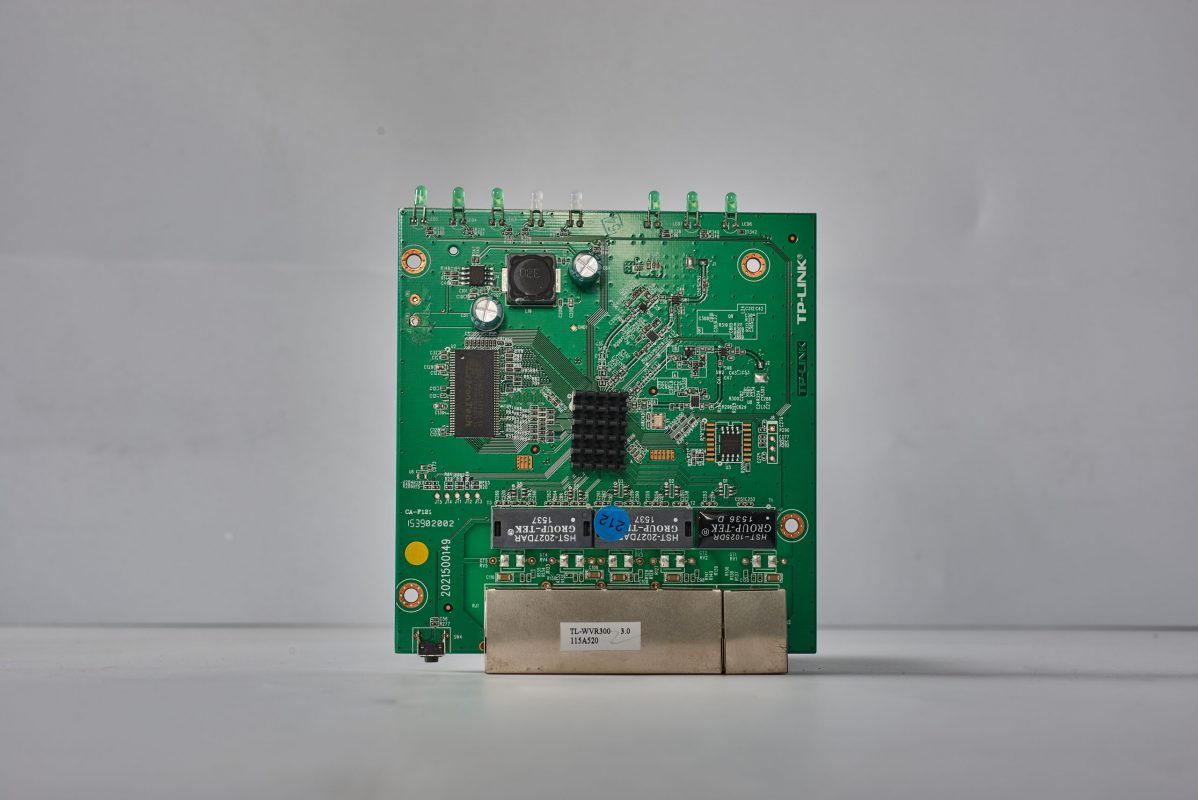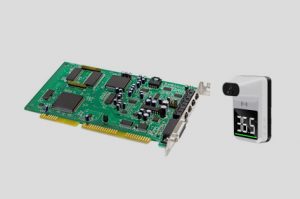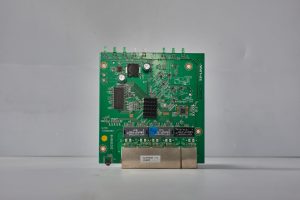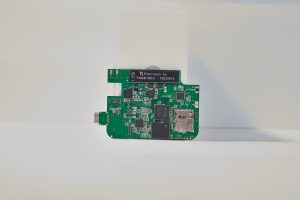 Well-known PCB supplier
Well-known PCB supplier
+8618879561688

WHAT IS PROTOTYPING?
In electronics, prototyping means building an actual circuit to a theoretical design to verify that it works. An electronics designer often builds the first prototype from breadboard or stripboard or perfboard and usually uses them to test circuits. They are generally called prototyping boards.

Prototyping boards have holes to which you affix electronic components to build your desired circuit. These components can be attached with or without solder depending on the type of board. It is always recommended to test your circuit diagram first. There are many electronics prototyping boards available in the market. The two prototyping boards that we are going to discuss in this tutorial are the perfboards and breadboards.
A perfboard is a prototyping board that is a thin sheet with holes at standard intervals across a square-shaped grid with a spacing of usually 0.1 inches. Square cover pads cover these holes. Inexpensive perfboards may have pads on only one side of the board, while better quality perfboards have pads on both sides. When using a perfboard, you make all connections using either wire wrap or miniature point to point wiring techniques. Other boards usually need to use the solder for attaching components.
The absence of default connectivity on perfboard gives the designer more freedom in positioning components. Circuits assembled on perfboard are not necessarily fragile but maybe less impact-resistant than printed circuit boards.
HOW TO USE A PERFBOARD
First of all, you must have a plan for your circuit. Then, make a clear schematic diagram of the circuit you are planning to place on the perfboard. Have clear and understandable connections and locations of the components before building the circuit on the perfboard. Keep in mind the spacing of your perfboard while designing your layout.
The Definition of the Prototyping Process
In general, prototyping is the process of creating a model of something before creating the real thing. When you prototype a circuit, you’re creating a temporary version of the circuit that you can use to test out your ideas or troubleshoot problems.

Creating a prototype circuit is usually quicker and cheaper than building a permanent one because you don’t need to worry about making it look nice or using all the right materials. You can also experiment with different designs more easily when you’re prototyping because it’s easy to make changes to a prototype than it is to a finished product.
A prototype starts with a drawing. You can take an actual pen to paper for this step, but eventually it’s a good idea to either create or commission a CAD drawing (computer-aided design), which will provide greater detail and accuracy.

Next, you may want to try and build a preliminary prototype of y our product just to test out the dimensions and see what it will look like. This will not be a working prototype. If you are handy, you may be able to fashion it yourself using foam, moldable plastic, metal, wood, or parts from other products.
Eventually, though, you’ll want to create a working prototype. This will be important to showcase to investors. Since you are creating an electronic product, it is likely that you’ll want to work with professional prototype developers. These are manufacturers who specialize in developing prototypes. They are experienced in helping entrepreneurs and inventors just like you figure out how to actually create the prototype. For example, they can help you determine the right materials and figure out how the actual product will work.
Connect to a OMNI PCB engineer to support your project!
Request A Quote